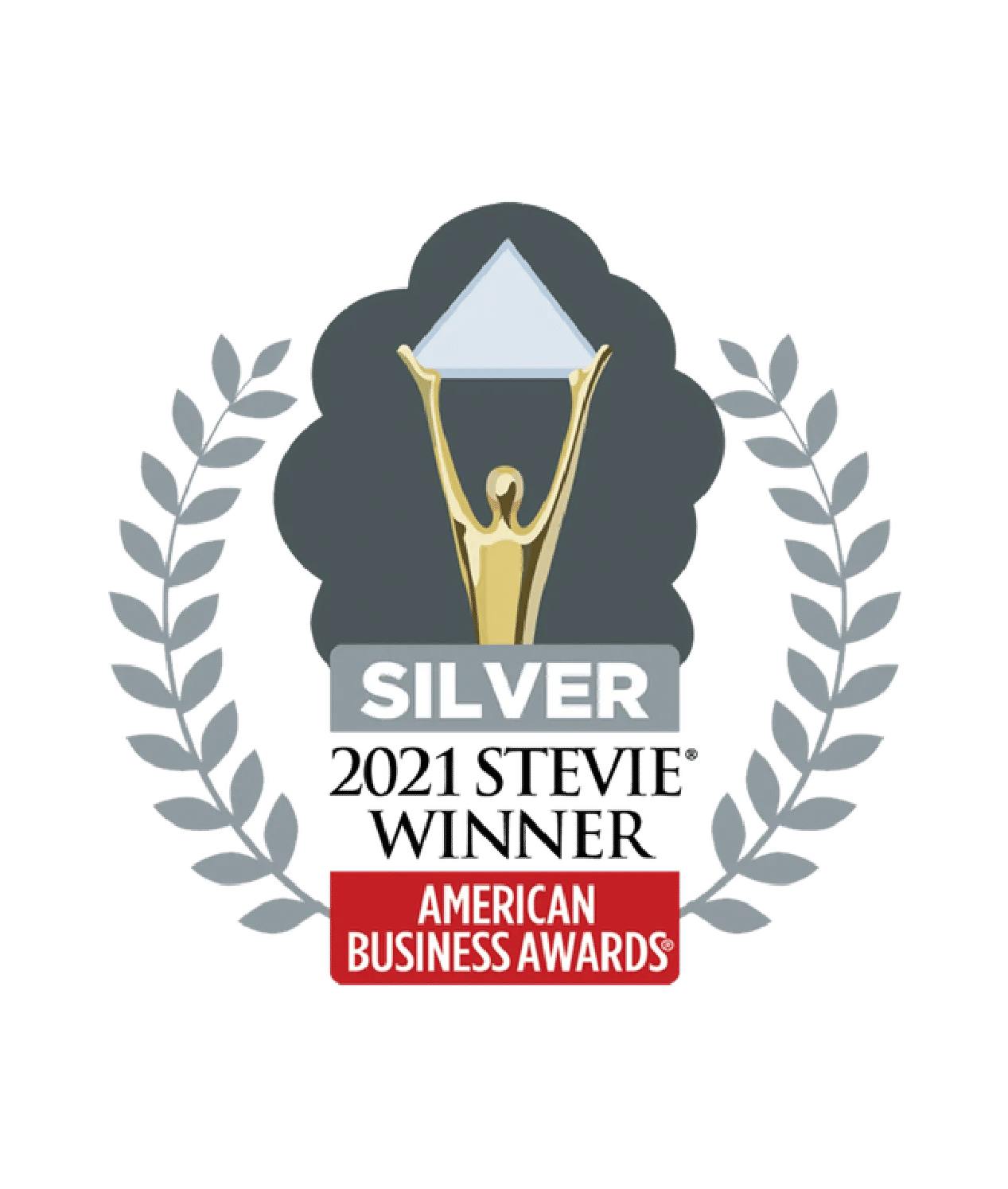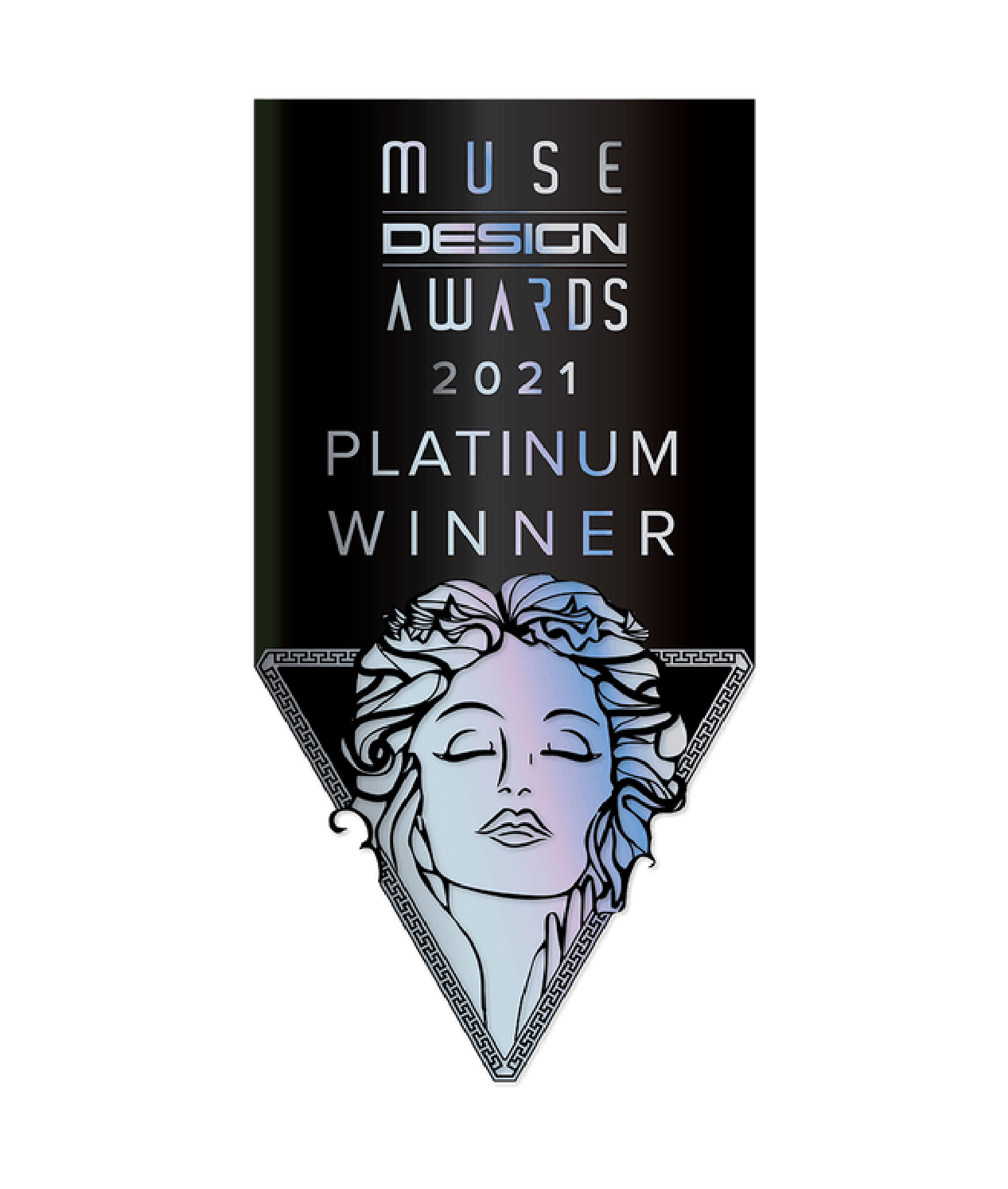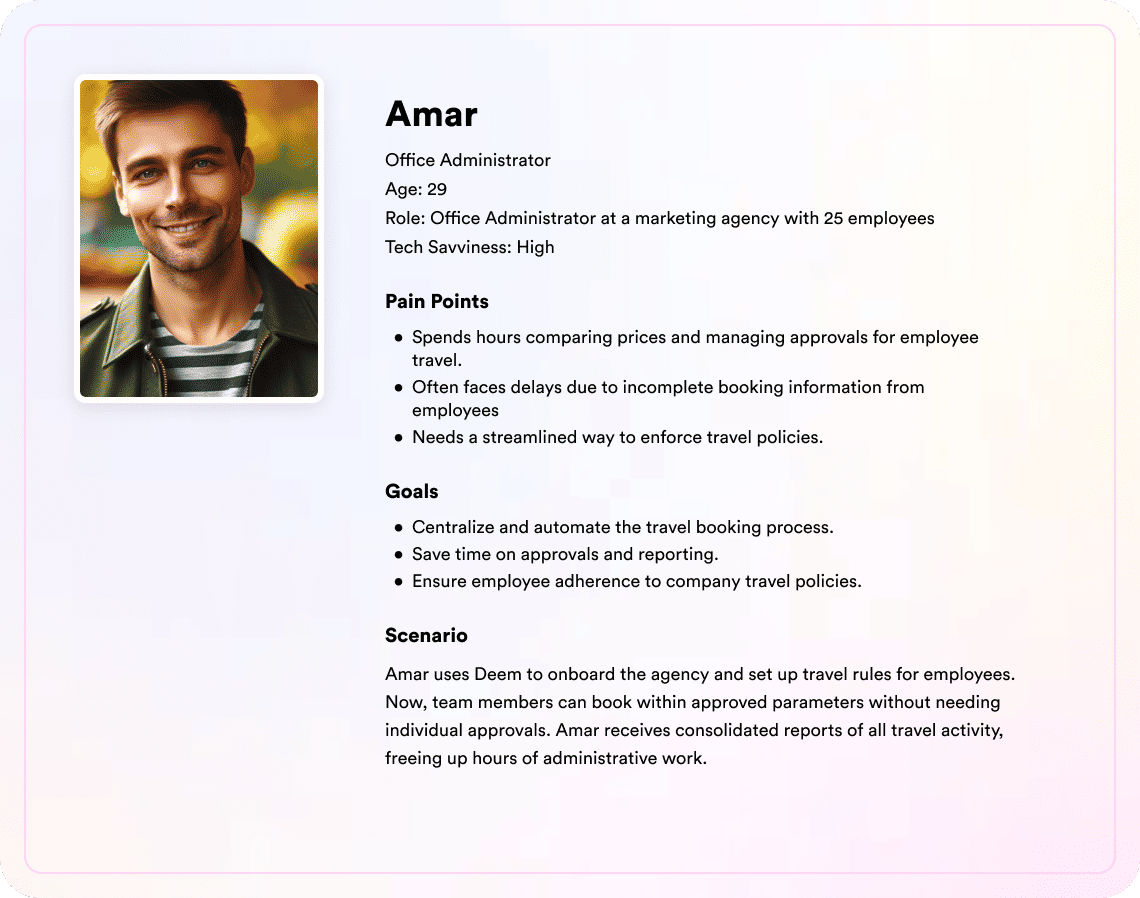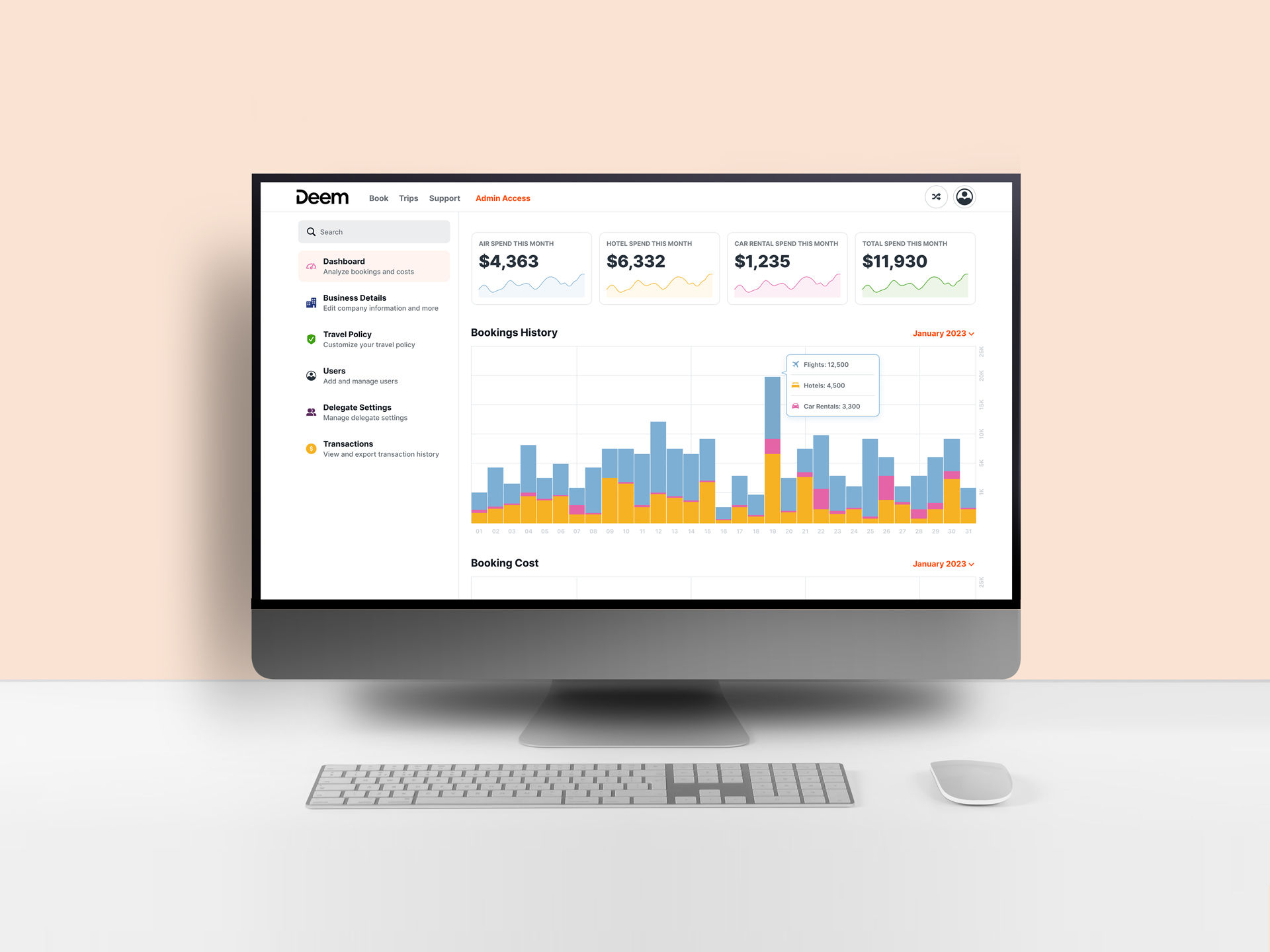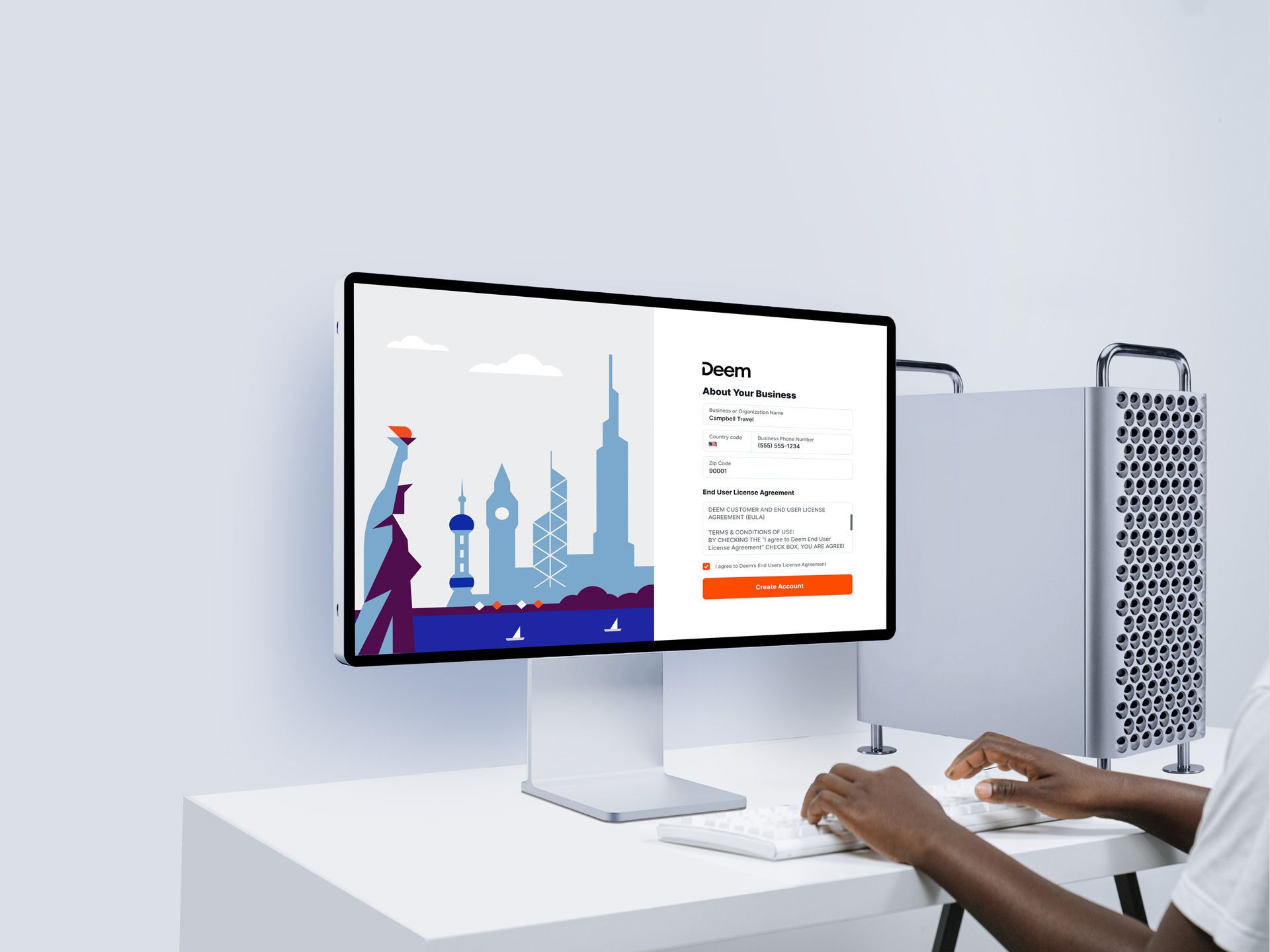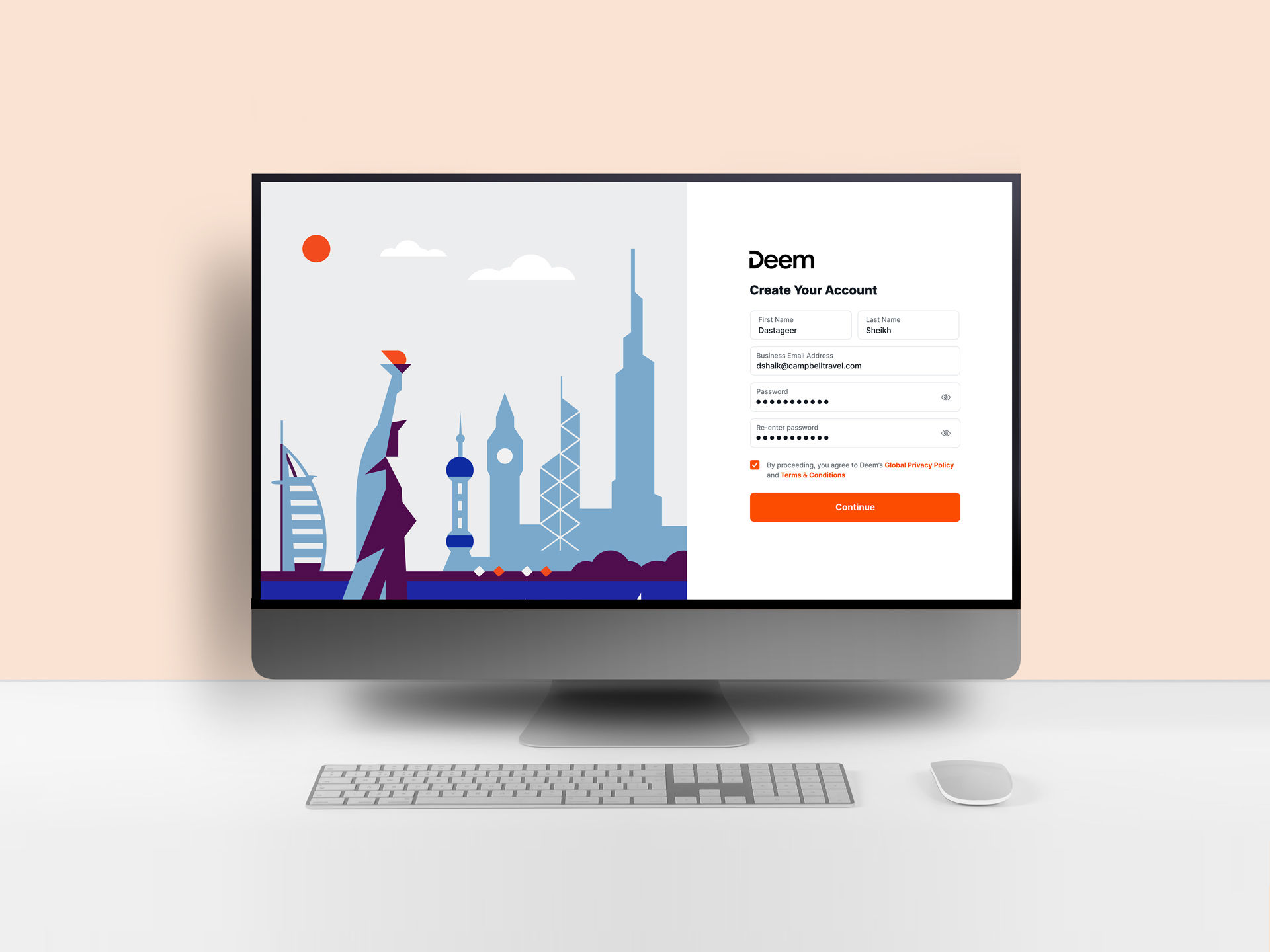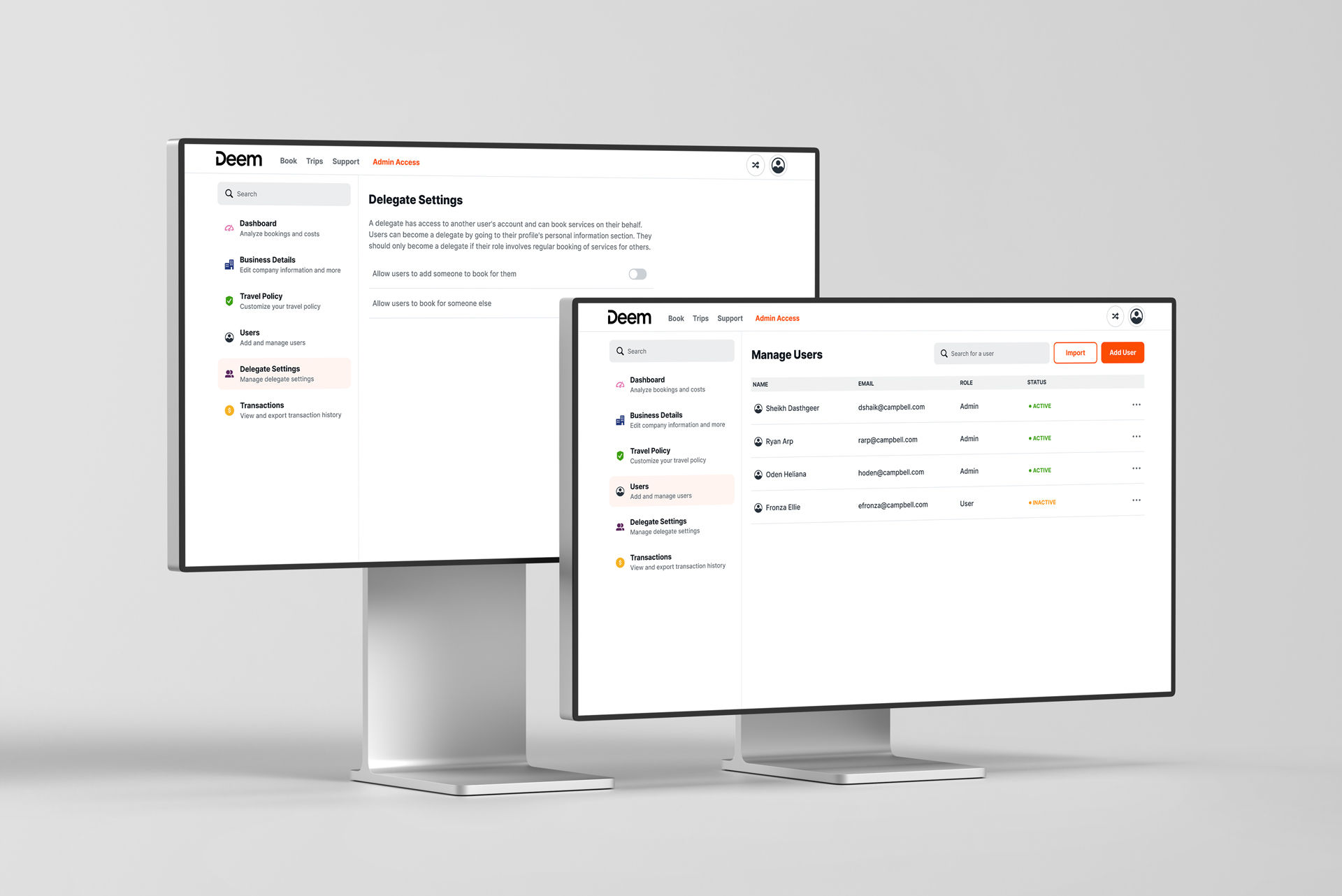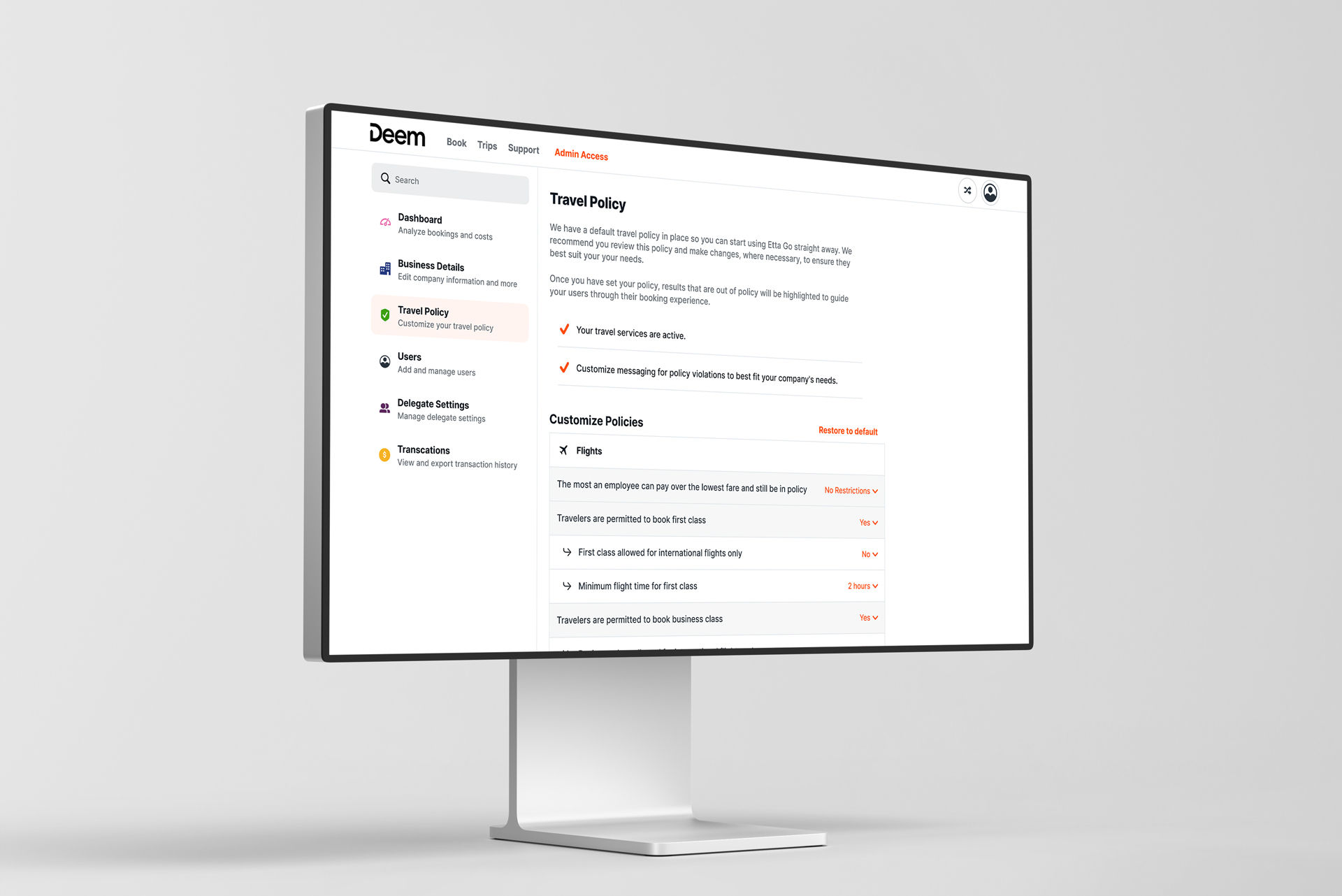Corporate Travel For SME
OBT with Admin Console
About Deem
Deem is a technology company specializing in corporate travel management software. Its products include a mobile, cloud-based travel solution that enables employees to book, shop for, and manage their travel, as well as a ground transportation booking and management platform. Known for its award-winning business travel software.
Deem offers solutions compatible with desktop, iOS, and Android devices, integrating seamlessly with major travel agencies and expense management providers. Headquartered in Oakland, California, the company also operates a second office in Dublin, Ireland.
Deem offers solutions compatible with desktop, iOS, and Android devices, integrating seamlessly with major travel agencies and expense management providers. Headquartered in Oakland, California, the company also operates a second office in Dublin, Ireland.
Problem Statement
Corporate travel management is often tailored to large organizations, leaving small and medium enterprises (SMEs) struggling with time-consuming and costly processes to manage employee travel programs, policies, expenses, and flexible fares. Recognizing this market gap, Deem wanted to design a solution to make corporate travel management accessible, efficient, and scalable for SMEs.
Businesses should onboard to Deem’s platform in just two minutes, with the flexibility to seamlessly upgrade to a more robust enterprise-level version as their needs grow.
Businesses should onboard to Deem’s platform in just two minutes, with the flexibility to seamlessly upgrade to a more robust enterprise-level version as their needs grow.
My Role
My role is to bridge the gap in corporate travel management for SMEs by designing an intuitive, scalable, and cost-effective solution. I focus on user research to identify pain points, define user-centric problems, and ideate innovative designs that simplify travel management. Through prototyping, testing, and iterating, I ensure the solution is easy to use, aligns with SME needs, and provides seamless scalability, empowering businesses to efficiently manage travel as they grow.

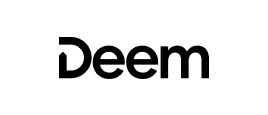
Research & Discovery

Understanding the Audience
My first step was to thoroughly understand the audience. I scheduled several internal calls with product managers (PMs) and stakeholders to gain insights into the space Deem is venturing into. These discussions helped me gather crucial information and clarify any doubts I had about the company’s objectives and requirements.
Competitive Analysis
Once I had a clear understanding, I turned my focus to competitors in this space. I reviewed their applications and created a detailed feature list, identifying what they offer to users. This analysis was then compared against Deem’s requirements. After several brainstorming sessions, we reached a consensus on the direction for DeemGo.
User Research
To validate our approach, we conducted user interviews using basic mockups. These sessions aimed to uncover user pain points and frustrations. All research findings were documented in Dovetail for future reference, ensuring we had a solid foundation to guide our decisions.
Initial Design and Feedback
Using the insights gained, I began creating the initial mockups. These were shared internally with PMs and stakeholders to gather feedback. At every stage, new discoveries emerged about user needs and behaviors.
Key Insights
Some of the critical insights we uncovered include:
- Flexibility requirements for policies
- Expense management solutions
- Streamlined trip approvals
- Features like holding trips, locking fares, and group travel event creation
- Leveraging travel history data for better decision-making
These findings played a pivotal role in shaping the product. With continuous iterations and collaboration, we refined our designs to address user needs effectively.
Information Architecture
The next step was to design the application’s information architecture (IA) to ensure a seamless user experience. The goal was to make it easy for users to find and configure services, navigate policy options, and enable accessibility for employees. I structured the IA logically and streamlined the onboarding process to provide a hassle-free, intuitive experience.
Starship Design System
It all began with Sketch, where I initially designed a design system that we used for about a year. Later, we transitioned to Abstract as the project grew in complexity, spanning multiple platforms and products. Realizing the need for a more robust and scalable solution, we moved to Figma and created the “Starship Design System.”
This design system comprises over 2,000 fully responsive components and supports theming options, including dark mode, light mode, high contrast, and low contrast modes. It took years of effort and iteration to build and refine this stable system, incorporating Figma’s latest features along the way. Altogether, it was a six-year journey to craft a solid, reliable design system capable of supporting a large-scale, multi-platform ecosystem.
This design system comprises over 2,000 fully responsive components and supports theming options, including dark mode, light mode, high contrast, and low contrast modes. It took years of effort and iteration to build and refine this stable system, incorporating Figma’s latest features along the way. Altogether, it was a six-year journey to craft a solid, reliable design system capable of supporting a large-scale, multi-platform ecosystem.

Get a detailed documentation on how I made a scalable and sustainable design system with over 2000+ fully responsible UI components
High Fidelity Screens
With all my research findings, Insights and data points I started working on UI design for this project. First I designed responsive mobile application so that I can scale it to web.
Live Preview
With all my research findings, Insights and data points I started working on UI design for this project.
Collaboration
Collaboration played a crucial role in the success of the DeemGo project. Working closely with engineering and product teams, we held three weekly internal syncs and one detailed design discussion with Deem to explore possibilities and refine ideas. Incorporating their valuable insights, I iterated on my designs to ensure stability and usability. We utilized Webex for meetings, Jira for task management, Confluence for documentation, Dovetail for research insights, and Miro for brainstorming sessions. This seamless integration of tools and teamwork contributed to the project’s overall success.
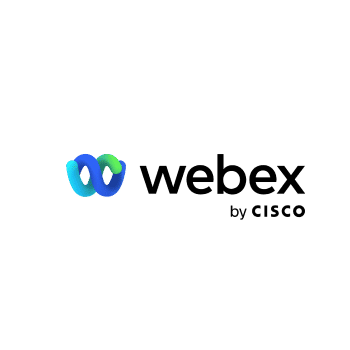
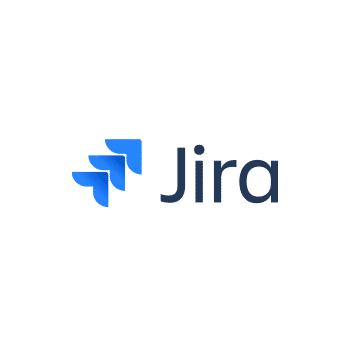

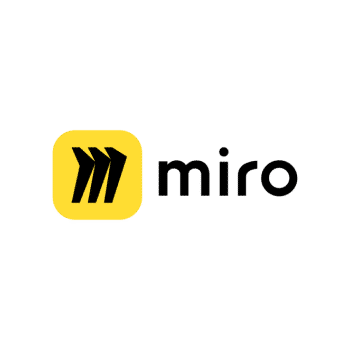
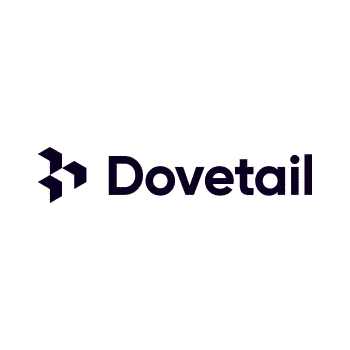
Awards & Acheivements
We helped Deem to accelerate the user experience across their products and reduced their support calls. The brand now has a consistent image that people can trust in corporate travel industry. We removed usability huddles across the board and added award winning accessibility features to the product, and to the engineering team’s great delight, delivered a future-proofed design system built for growth. Deem now has achieved several awards and recognitions
